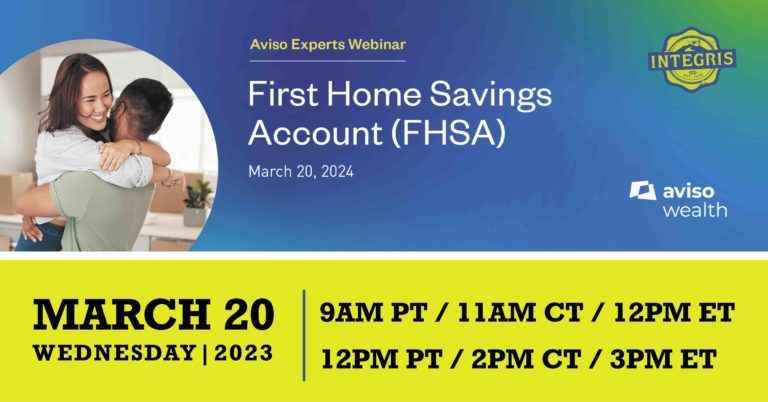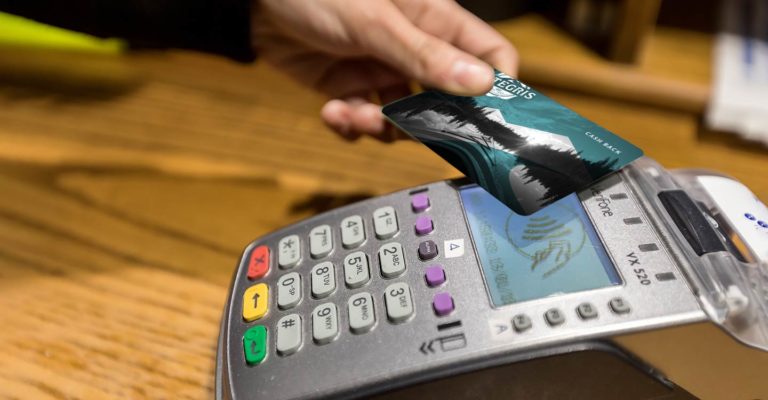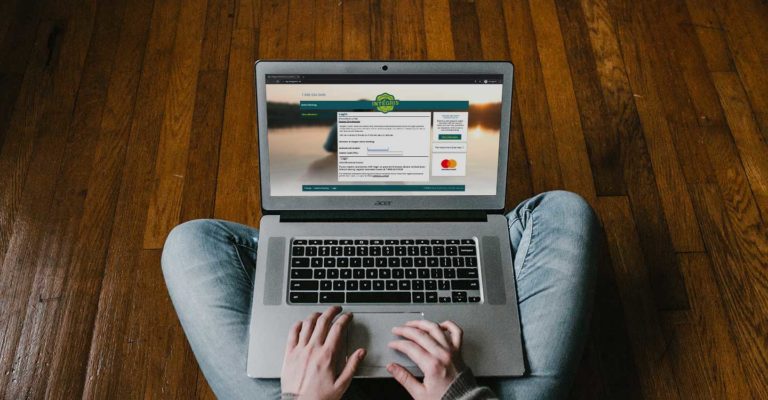Fraud. Recognize it. Report it. Stop it.
With fraud becoming increasingly more common, evading it gets harder as scammers become even stealthier in their bogus ways. While only $60M was reported lost by Canadians in 2015, the Better Business Bureau says this number represents only 5% of the estimated $1.2B. It’s Fraud Prevention Month and we’ve got a few tips we’ve picked up over the years to help recognize it, report it and stop it. Here they are:
1. The URL
When you get an email, text or message from someone claiming to be a legitimate organization and the message contains a URL, check if the URL is legitimate by doing a simple Google search with keywords like ‘scam’ or ‘fraud’. Differentiating between a legitimate and illegitimate URL can be hard – fraudsters may add a period into a URL or they may use a URL shortener. Sometimes though, detecting fraud is as easy as highlighting your mouse over the link to see if the hyperlink matches the written URL – if it doesn’t match, something is definitely up. If you are unsure, the best option is to call your financial institution.
2. The Phone Number
If you receive a message that you believe to be illegitimate, do not use the provided contact details from the illegitimate message. Take the extra couple minutes to search online for legitimate contact details and contact the business to verify if the message is legitimate. If you do use the contact details in the message, you will be contacting the scammer directly.
3. The Password
With advances in technology, it is incredibly easy to log in to an unofficial website that records your information in the background. Once someone has your log in details, it takes them mere seconds to drain your bank account. It is never a good idea to log into a public computer to check your financial information and if it is necessary, ensure you are logged out completely before you vacate the computer.
4. The PIN
No one knows your PIN but you. You may think that we store your PIN somewhere on our computer system, but this is not true. We don’t need to know your PIN and we will never ask you for it. It is none of anybody’s business.
5. The Card
Your card number is unique to you and it is also your online banking log in details. Much like you wouldn’t share your password, it is also equally important to not share your debit card number.
6. The ATM
Using a stand-alone ATM (commonly referred to as white label ATM’s; they are unregulated) can pose a greater risk because an unmonitored ATM is more attractive to fraudsters than your typical Bank ATM that is monitored by security cameras. When using any ATM, it is always a good idea to take a look first and see if anything looks odd – is there anything stuck to the ATM that shouldn’t be there? Does it look like something is not right? If so, find another ATM because it is better to be safe than scammed.

7. The Machine
Point of sale terminals get hacked a lot. It is incredible easy for scammers to distract sales clerks while installing an unnoticeable device that will capture your card details. When using your debit card to pay at a point of sale machine, give it a once over. Is it in a strange case? Is there a seal and if so, is it broken? If so, point this out to the clerk and ask them if it is normal. If not, request a different machine to complete your purchase.
8. The APP
Most financial institutions have an app for online banking. If you receive a strange message that takes you to some strange webpage asking you to log in, go to your app first to check your account details. If you receive a message to download the app, rather than downloading from the message, go to the app store for a direct download. This will ensure you are downloading a legitimate application for your financial institution.
9. The Alerts
With all the email spam and text message we receive, do we really want to add more? When it comes to our money, the answer is yes! Did you know you can add alerts to your account for specific transactions? Whether it’s logging in from a new device, adding a bill payee or sending an Interac eTransfer, you can request texts or emails for these types of high risk transactions. If you’re the doer, simply delete – but if you’re not, it’s a sure fire way to know instantly that you’re being had.
10. The Account
Most financial institutions have free accounts and what you don’t realize is that you can usually have more than one of these free savings accounts. If you have a semi-large balance in your account, one of the best ways to keep it safe is to keep it in an account that isn’t linked to your debit card. When you need access to your savings, simply log into the app and transfer the money over. If your debit card is skimmed and your information stolen, fraudsters will only be able to access the money in the accounts linked to your card. Of course, this goes out the window when it comes to online scams, but you can restrict accounts online usage, which makes it more difficult for you, but almost impossible for the bad guys.
It’s important to know and understand that not all fraud is covered by your financial institution. It is incredibly unfortunate when it happens, but as individuals we all have a certain level of due diligence to uphold when it comes to finances. If we take that extra little step to check the authenticity of a message, text, email or request, we can stop fraud from happening.
For more information about Fraud and Scams, see the Canadian Competition Bureau’s links below:







